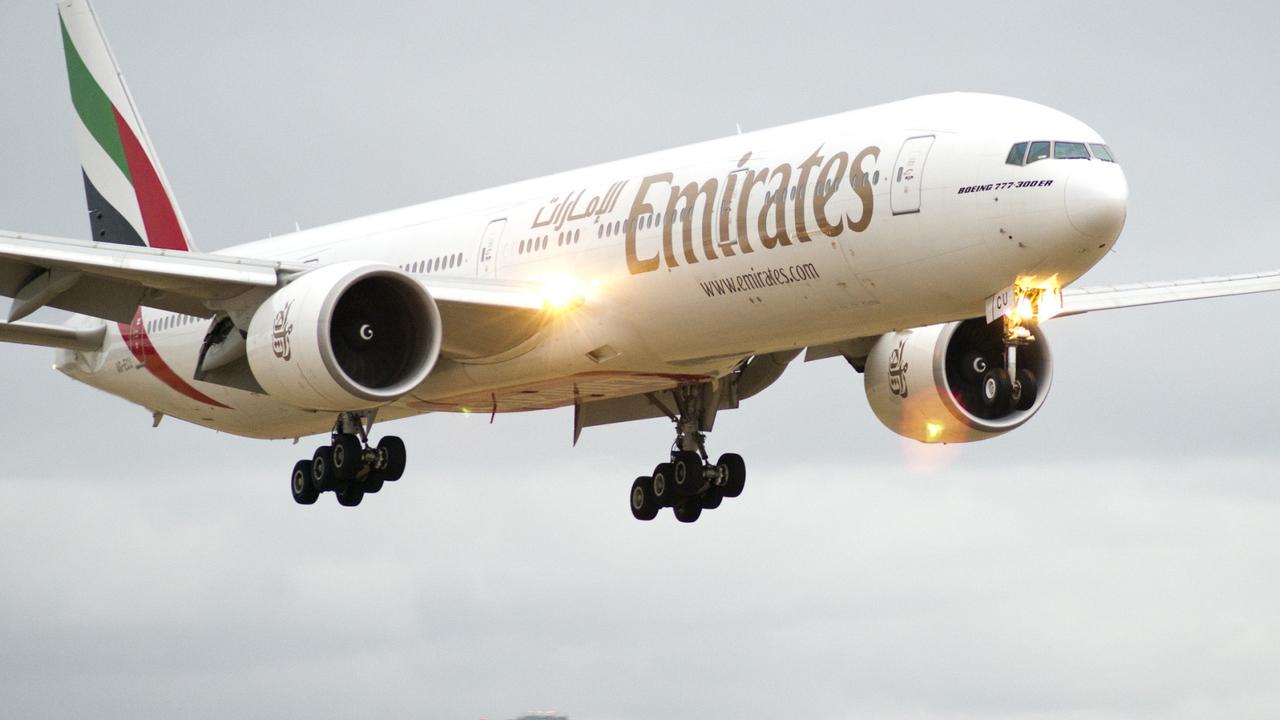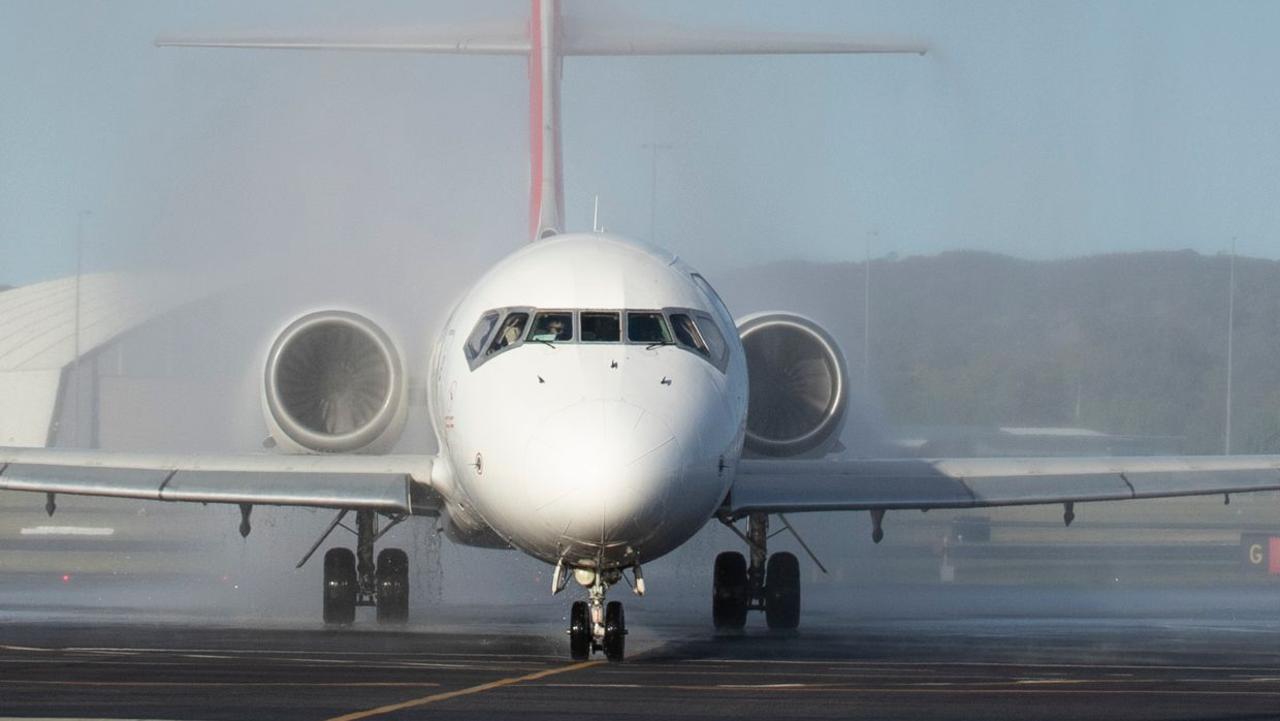Qantas give sneak peek into game changing mega plane A350 set to shake up Australian travel
It’s the ultra-long haul route that’s set to change the game for Aussie travellers. Now, a bold feature has been unveiled.
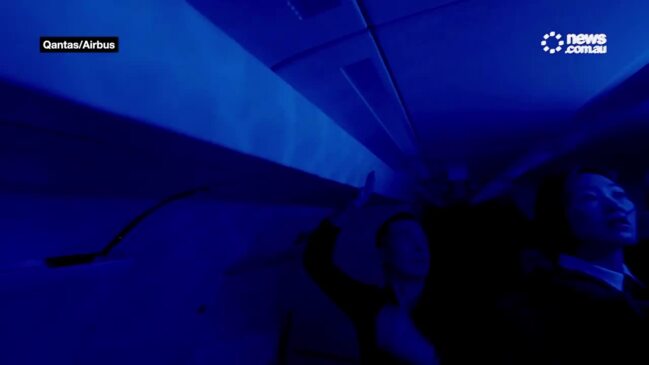
It’s the ultra-long haul route that has been dangled like a carrot since before the pandemic plagued the world.
A route so extreme, you’ll be buckled into your seat for upwards of 20 hours — non stop.
But in little more than two years time, the behemoth route dubbed ‘Project Sunrise’ – which will see Aussies fly from the east coast of the country into ports such as London and New York without a single stop – is closer now than ever before.
Following the launch of Qantas’ Perth to Paris non-stop route — which joins the airline’s already established Perth to London and Perth to Rome flights — further detail into how the new ultra-long haul flights will operate has been revealed.
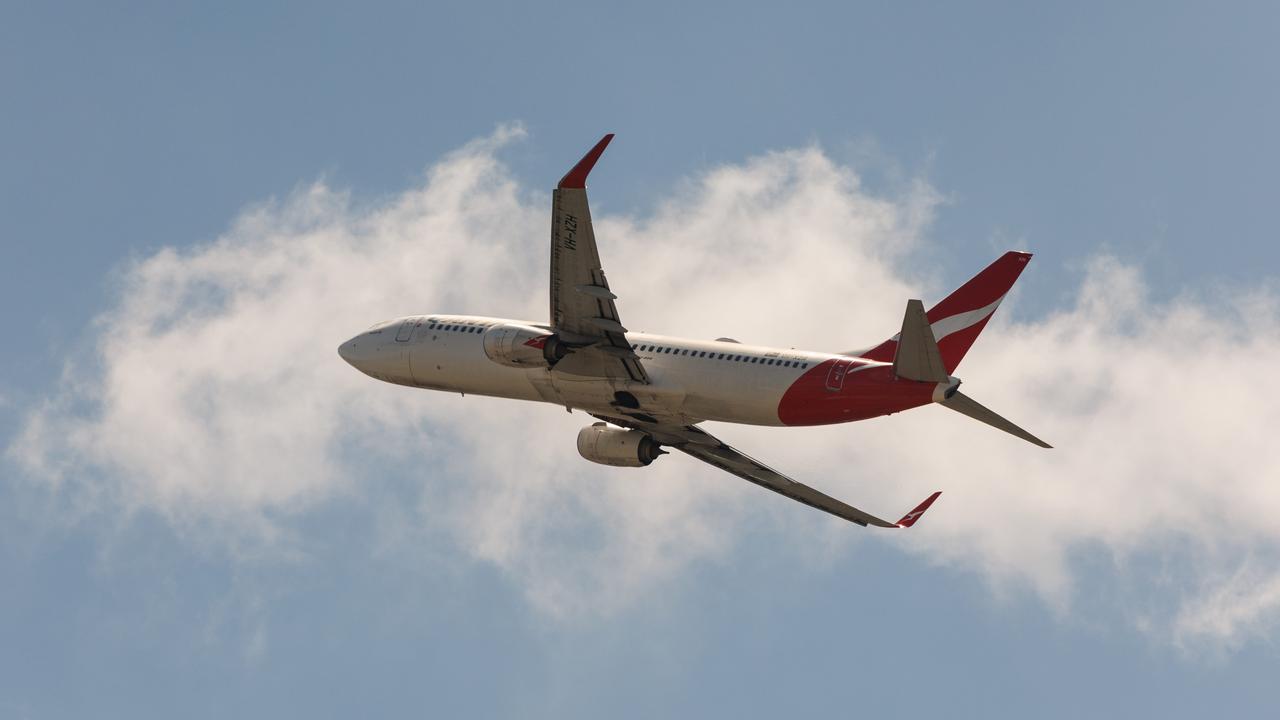
Qantas CEO Vanessa Hudson said the introduction of the Airbus A350 into the airline’s fleet will pave the way for more point-to-point routes, insisting the demand for a traditional layover mid-flight is all but dead.
“Project Sunrise is an A350 that will have four cabins … first class, business class, premium economy and economy,” Hudson explained.
“It will be able to fly from the east coast, so Sydney and Melbourne, to New York and London direct.
“This plays to our core strength because we have great experience with long haul travel and we are spending a lot of time thinking about customer experience.
“We know customers really highly value point-to-point. And we know that from experience on Perth to London and Perth to Rome, so it gives us a lot of confidence that customers are going to really enjoy it.”

Hudson said that the first of these new mega-planes will arrive in 2026, which is around six months later than the original delivery date due to “certification because the aircraft has an extra fuel tank”.
As one of the most lucrative routes as part of the Qantas international network, and receiving the “highest level of satisfaction” — Perth to London has played as an almost ‘soft launch’ ahead of the ‘Project Sunrise’ start date.
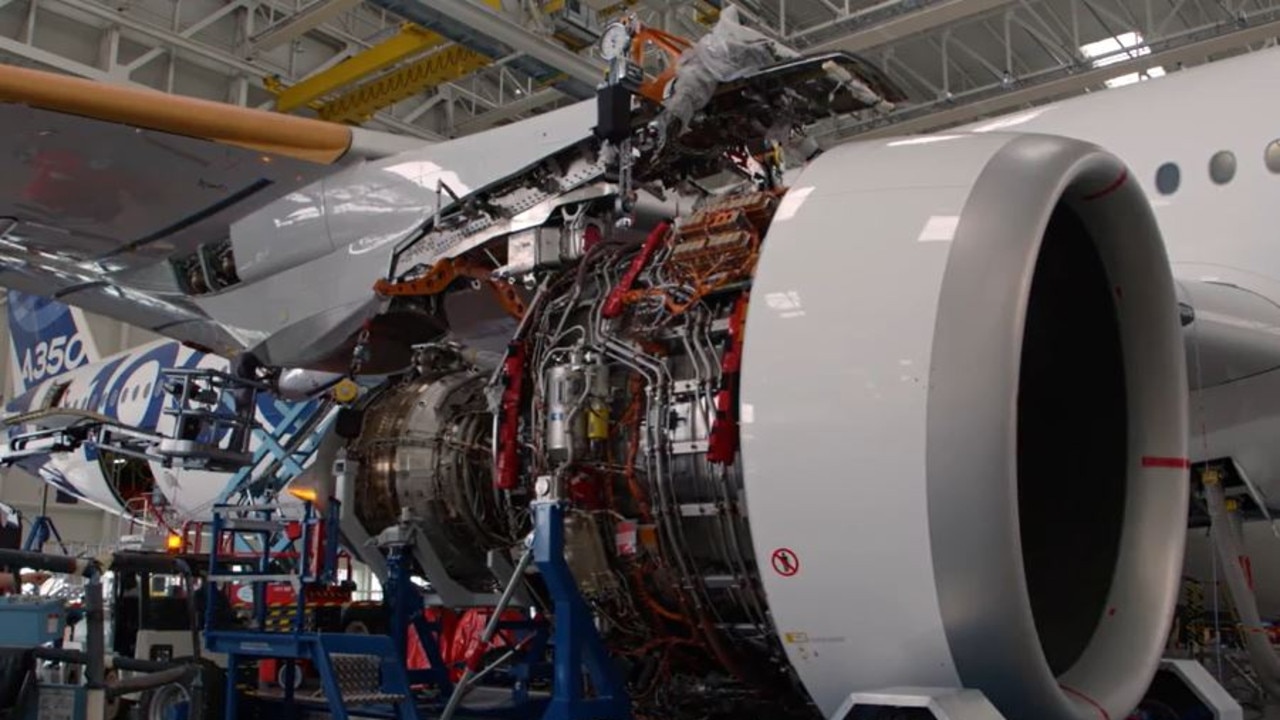
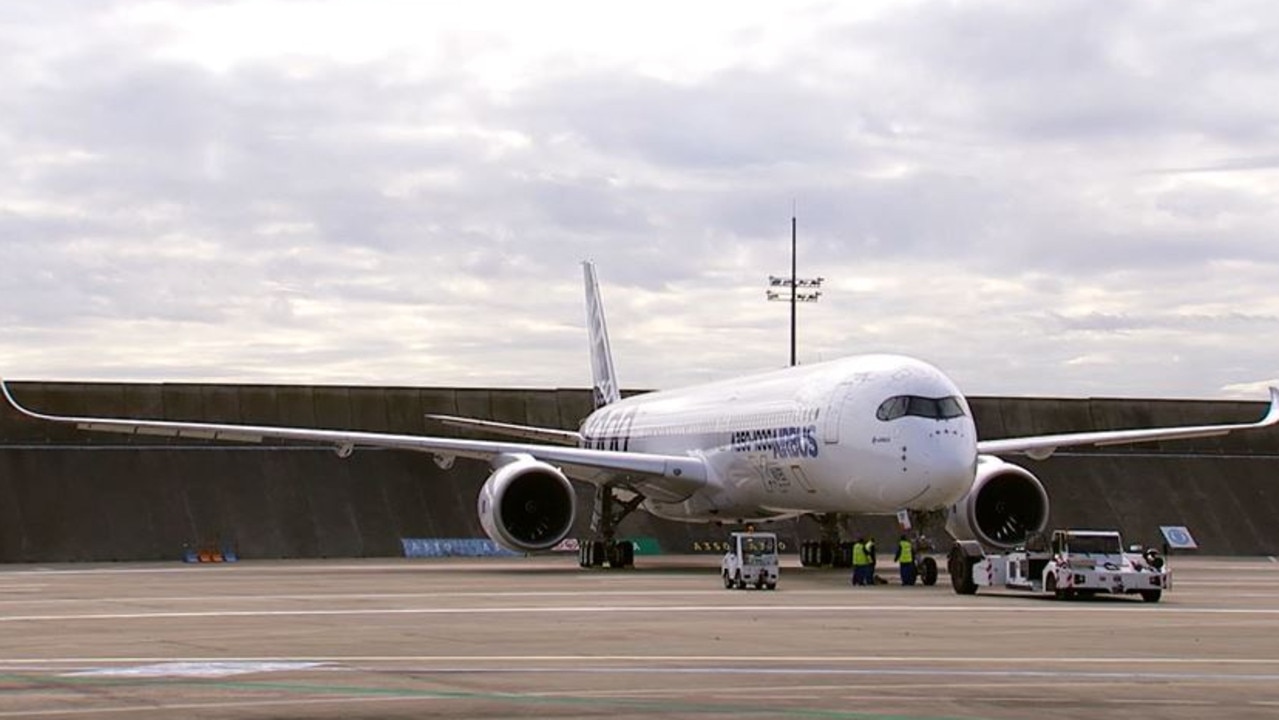
And if all goes to plan, following the delivery of the 12 A350s on order, Hudson hopes to see the airline’s ultra-long haul network expand even further.
“We know that is what customers want [point-to-point travel],” she said.
“We know from the demand we are getting from Perth to London that Project Sunrise will be in high demand.

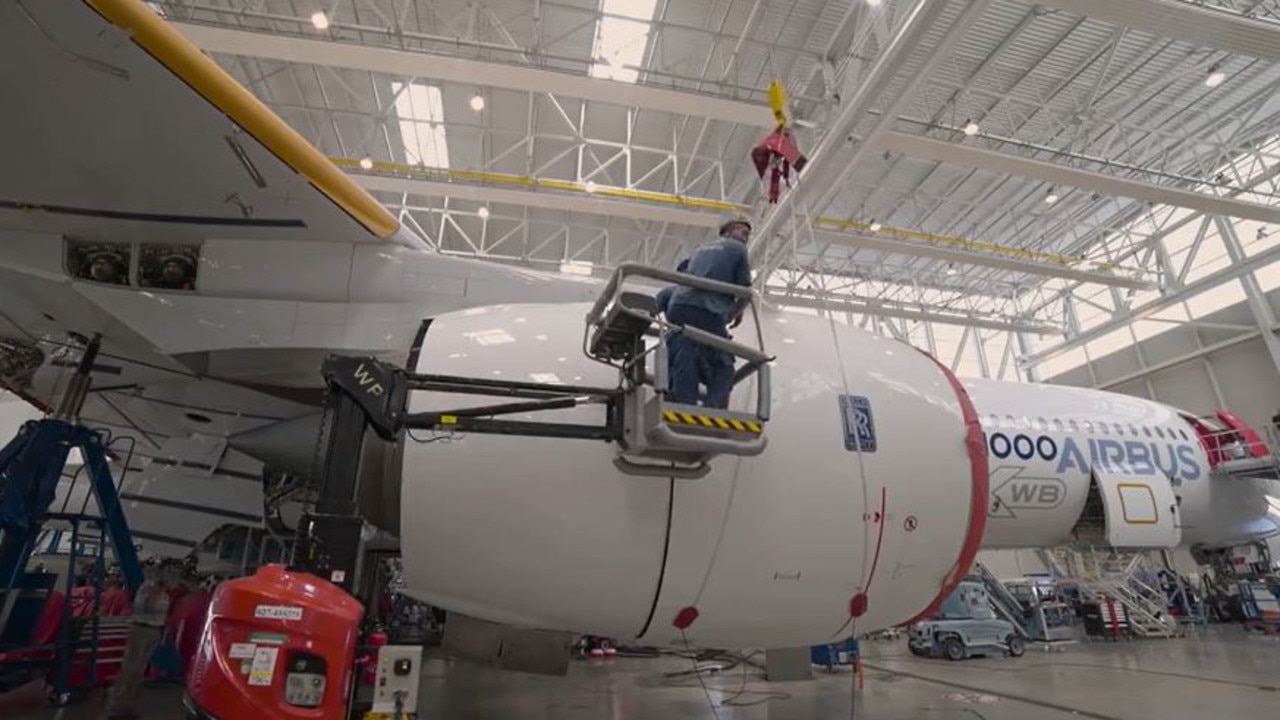
“I’d like to see us in more ports and direct points in the US. With the new aircraft that are coming we could fly into southern parts of the US, northern parts of South America and even more ports in Europe.
“We will be ambitious to put our aircraft where we see the demand, and it all comes back to this trend we are seeing of customers wanting to fly point-to-point and away from the midpoints. The aircraft that are coming will have the capability to fly point-to-point.”
So what does this new aircraft look like?
The biggest selling point of the new A350 is the fact this aircraft will be able to fly from Australia to essentially any city in the world.
And along with a kitted out features across all cabins, the new aircraft will also use around 25 per cent less fuel.
Qantas International Chief Executive Cam Wallace said that the aircraft will allow Australians to reach parts of the world that “historically [the airline] wouldn’t have had the ability to do”.
“These world-first flights have been an opportunity for us to work with experts and build on our experience of long-haul flying to rethink the in-flight experience with a focus on customer wellbeing and combating the effects of jet lag,” he said.
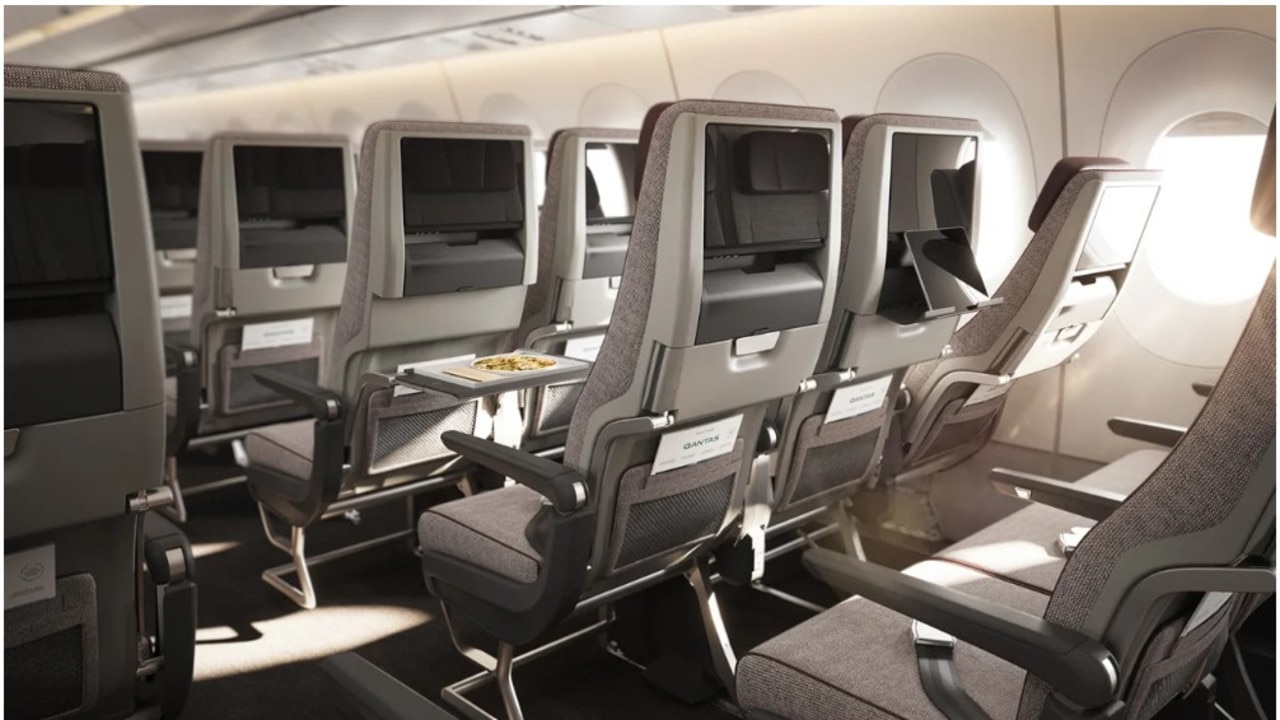
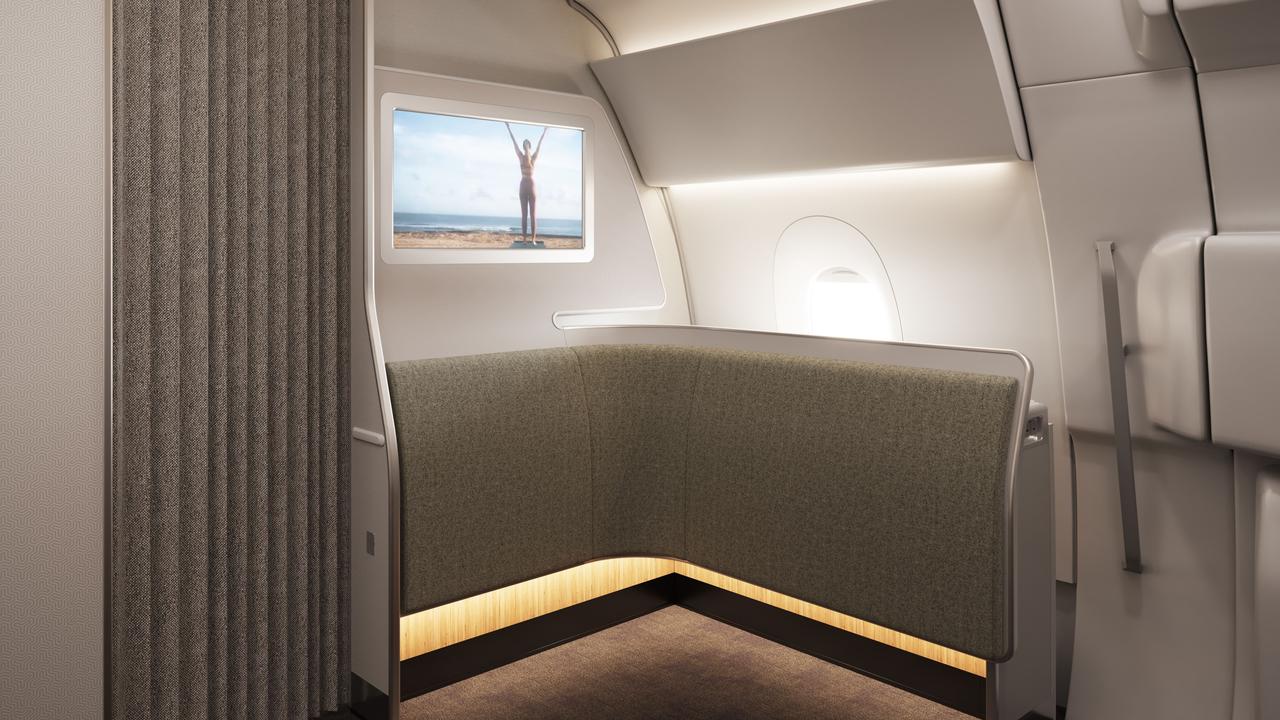
One of the biggest selling points of these new aircraft has been the unique dedicated ‘Wellbeing Zone’ for those travelling in Premium Economy and Economy cabins.
A world first, the zone will feature sculpted wall panels and integrated stretch handles, guided on-screen exercise programs, a hydration station and a range of refreshments for those seated towards the back of the plane.
For those seated towards the pointy end, the A350 will have six enclosed First Suites “designed to feel like a mini boutique hotel room with a 2 metre flat bed, dining table for two, separate recliner chair and a 32 inch 4k ultra-high definition touch screen TV.”
While those in a Business Suite will enjoy sliding doors for additional privacy, a flat bed, large dining table, bespoke lighting and an 18-inch 4k ultra-high definition touch screen TV.

And while there will be no flay lay beds for those in either economy cabins, Australian designer David Caon said there will be more room than ever for those flying coach.
“The new headrest wings are the biggest visible difference and will provide passengers with both additional support and a sense of privacy without isolating them from travel companions,” he said in 2023.
“An upholstered ergonomic foot and leg rest system allows the body to be cradled in recline to better help passengers sleep.”
“Economy travellers also have an a 13-inch TV screen, foot net and convenient storage space within arms’ reach to store glasses and personal items. The team has spent extensive time testing ergonomics, lumbar support and breathability of the seat fabrics in the new Economy seat which will have 33 inches of legroom.”
Given passengers in economy and all the way into first class will be bound to a seat (some a little more roomy than others) for around 22 hours one way, the plane itself has introduced some major adjustments.
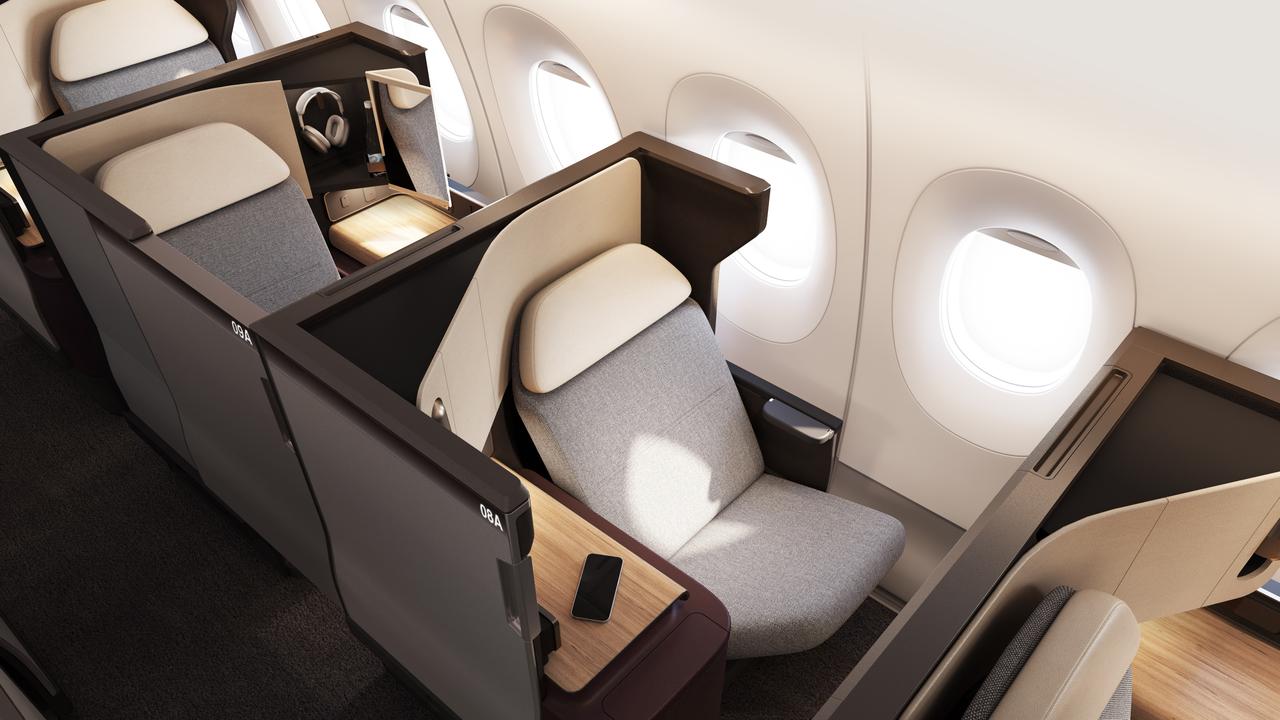
Unique and customisable cabin lighting inspired by the colours of the Australian landscape and grounded in circadian science have been installed to attempt at reducing jet lag by aligning a passenger’s body clock to their destination’s time zone while still flying.
The design is a result of more than 150 hours of testing in the Airbus Customer Definition Centre in Hamburg where representatives from Qantas, Airbus, the University of Sydney’s Charles Perkins Centre and Caon Design Office created and tested hundreds of lighting patterns and sequences in an Airbus A350 cabin mock-up.
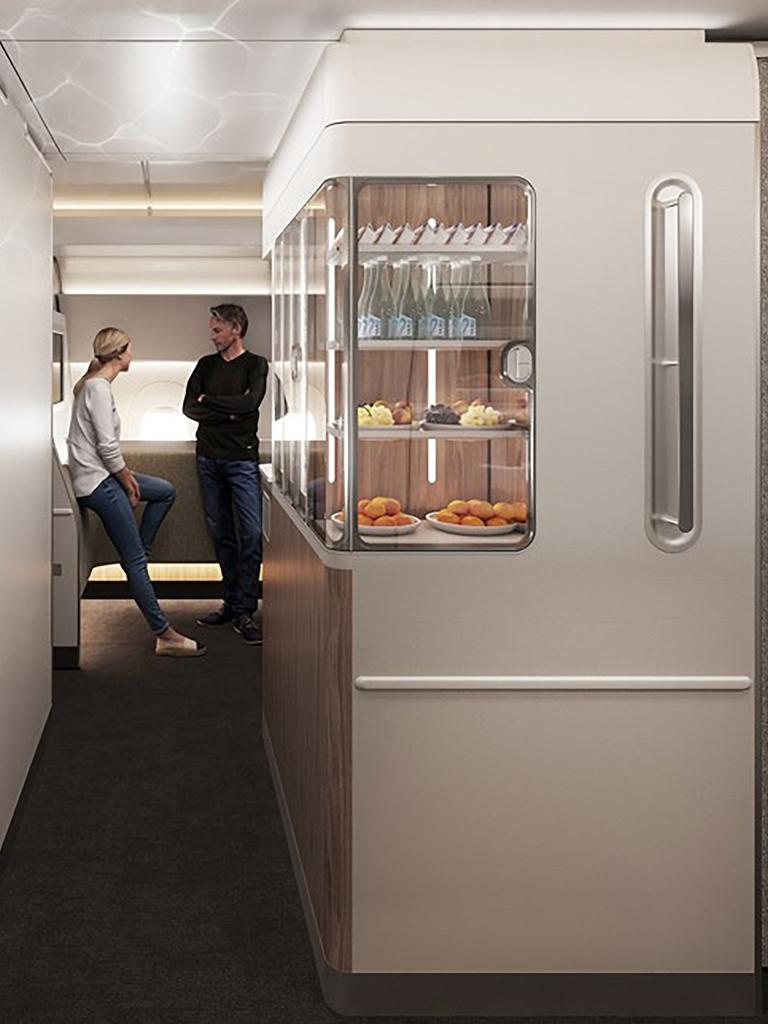
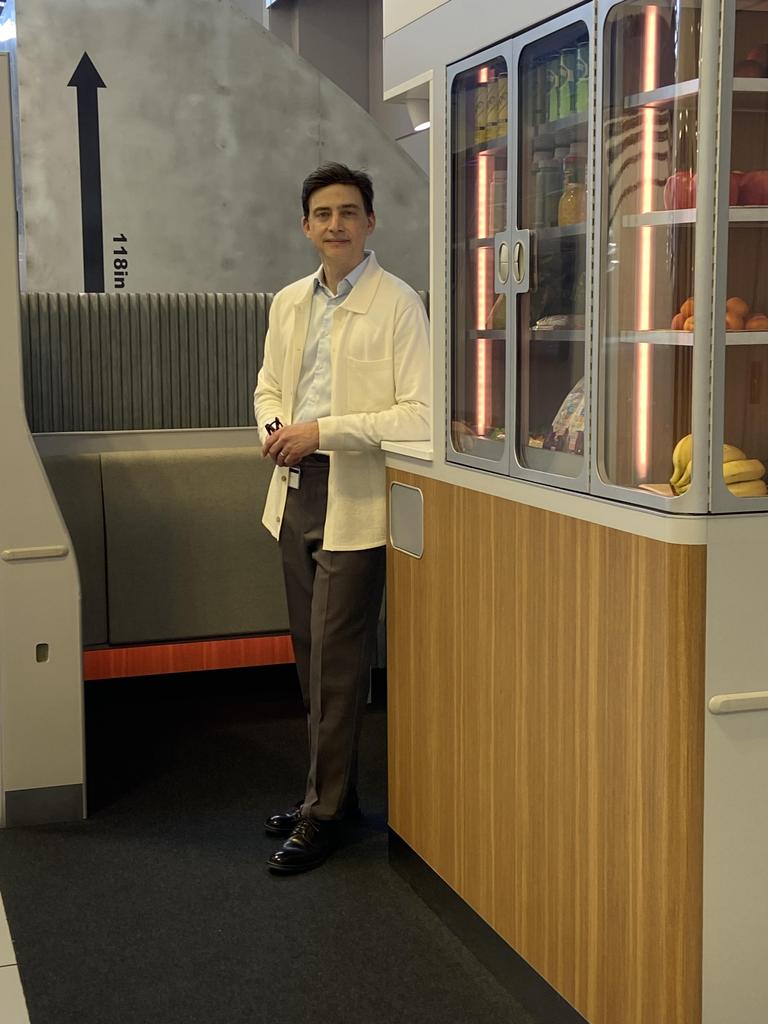
As a result, the trial has produced a series of 12 unique lighting scenes specifically for the Project Sunrise flights, including:
– “Awake”: Broad-spectrum, blue-enriched lighting to help customers adjust to the destination time zone and help them stay awake; a softer version is available for crew to choose based on cabin mood and ambience.
– “Sunset”: An immersive transition from a daytime mode into dark that moves through the colours of a sunset into a night sky with moonlight and slow cloud effect to relax customers and prepare them for sleep.
– “Sunrise”: Dynamic lighting effective for a transition from night to day that replicates an Australian sunrise rolling from the front of the cabin to the rear.
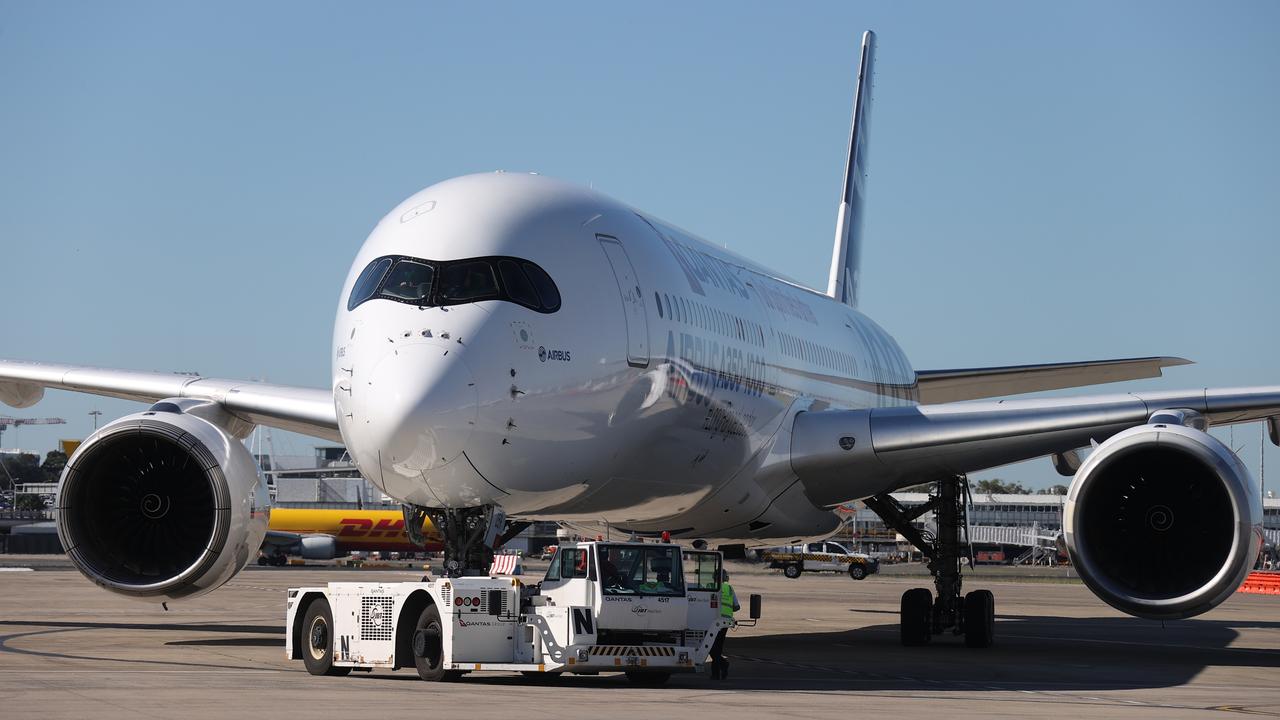
Mr Wallace said one of the biggest demands from customers intending to travel on a ‘Project Sunrise’ flight was ways to minimise jet lag on arrival to their destination.
“Combined with the design of the cabins, specialised meal planning, and the movement program, this unique lighting sequence will help improve our customers’ comfort in the air and minimise their jet lag when they arrive at their destination,” he said.
The A350 will be complete with a nutritionally designed menu
What about the cost?
Mr Wallace told Executive Traveller that passengers will need to expect to levy“a 20% premium” for every seat on the new non-stop flights compared to today’s stopover routes, however admits when it comes to ticket prices — the airline hasn’t worked through final figures.
“Obviously after Covid there was that pent-up demand which washed through the system … we didn’t really have seasonality and we didn’t have a lot of tactical pricing,” he told the publication.
“But you’ve seen now more tactical pricing (and) more offers in the market, and seasonality coming back. So irrespective of the proposition, we’ll have to be competitive.”




